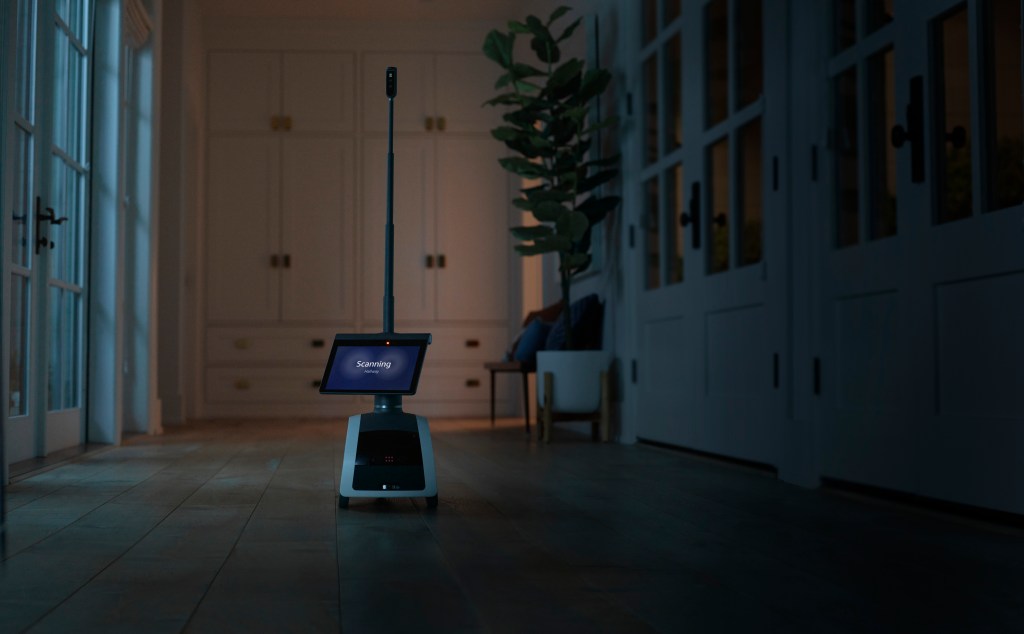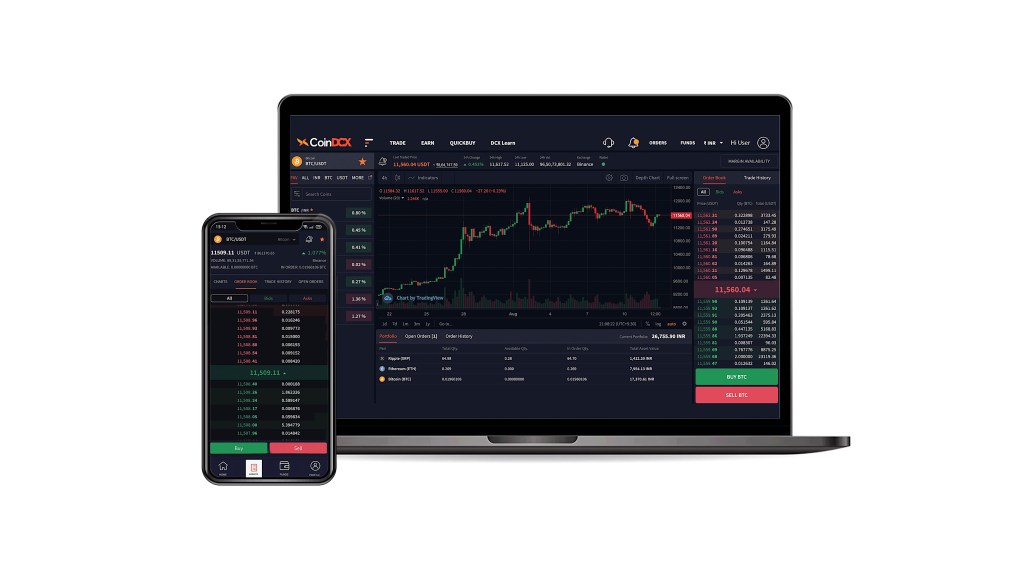In robotics, the remarkable often feels at odds with the practical. The Cassie robot captured the internet’s imagination (ours included) when it debuted in 2017 through a series of Oregon State University YouTube videos. It was one of the most exciting examples of robotics engineering since Boston Dynamics first made the scene.
Commercial applications, however, are a different conversation entirely. In a world of purpose-built systems, it’s not the first thing you see when you gaze upon the skinny legs of the ostrich-inspired bipedal ‘bot. When Agility Robotics first spun out of OSU’s College of Engineering, Cassie was being produced for research facilities. It’s a worthy mission, but not exactly a cash cow.
In a recent episode of TechCrunch Live, Agility’s co-founder and CTO, Jonathan Hurst, and Playground Global’s founding partner, Bruce Leak, joined us to discuss the robotic company’s journey from the lab to the commercial sector — and the role a good VC firm can play in that journey. The conversation spanned 30 minutes and includes a look at Agility Robotics’ early pitch deck. The deck and video are embedded below.
“If you’re building a company that’s building something that is really new and different, where are you going to hire engineers with experience with highly dynamic physical interaction, in the world, with force-sensitive behavior?” asks Hurst. “It’s just not common. Having students using the robots and a whole pipeline of people not only helps us, but it helps the whole infrastructure.”
From lab to launch
Playground Global, an early-stage investment firm based in Palo Alto, discovered the robot the way most of us did – watching cool videos online.
“We were surfing the internet like any good venture capital group, and we ran across the video that Agility released,” says Leak. “We were super impressed. This product, at some level, was just an incredible pair of legs. But it could walk for hours and even run across uneven terrain in a very practical way. Seeing something like that, which we thought might not even be possible, we knew we had to meet the Agility team.”
Agility’s seed/Series A pitch deck wasn’t focused on things like addressable market, and its insights into the robots’ practical commercial applications were cursory. What it did, however, was break down the startup’s impressive technologies. Hurst points to a tone shift between the presentation’s first slide, reading “Dynamic robots for human environments,” and its penultimate, “Made for work.”
“From the customer’s point of view, you can see how they’d look at it and say, ‘Oh, I can imagine how this is going to solve my problem,” says Hurst. “It’s not just technically interesting. That’s the transition right there. It’s shifting your mindset towards how you are going to solve a problem for somebody.”
The company’s transition in focus here arrived with a new robot in tow. Digit builds on Cassie’s mobility technologies with a torso and a more elementary pair of arms that dramatically increase the things it can do.
Playground, meanwhile, envisioned its role beyond simply funding. The firm aims to leverage novel technologies and help them determine key points like addressable markets and ROI.
Putting robots to work
“We didn’t invest in Agility because of their expertise in their go-to-market strategy or even their customers,” Leak says.
“This was fundamentally a technology play. We felt they were five years ahead of everybody else in this type of space. We really didn’t see anybody doing what they were trying to do. Being able to build a robot that doesn’t cost an arm and a leg and to have that be able to coexist in our lives is like nothing we’ve seen.”
It’s a partnership that, in its early stages, at least, appears to be paying off. In addition to a last-mile delivery partnership with Ford, Agility has begun to demonstrate the role Digit can play in warehouses. Between delivery and fulfillment, the startup has addressed arguably the two hottest categories in the robotics space in 2022, which have been dramatically accelerated by the pandemic.
It wasn’t an overnight shift for Agility, of course. These things take time, and a lot of feedback, both good and bad.
“Have a lot of conversations with customers get a lot of feedback, which may feel like criticism, sometimes,” says Hurst.
“I would say 80% of those suggestions or advice don’t apply or aren’t really all that useful. You have to be very good about understanding why they thought what you were doing was great in the first place, and then choose carefully which advice you want to take, and how you want to fix it in a way that’s a fit for your business and your expertise and how you want to solve a problem.”
Each company’s journey is unique. Agility’s began as Hurst’s dissertation on robotic mobility. It was a framework for the advancement of robotic legs without any immediate commercial applications — the kind of story that generally unfolds with the backdrop of academia.
When the notion of commercialization first arrived, it initially didn’t extend too far beyond the walls of the kind of laboratory that gave life to its early robots like Cassie and its more primitive “science experiment” predecessor, ATRIAS.
Baby steps
The firm survived on a shoestring of grants in those early days — a lean method of operations in which they still managed to develop and manufacture advanced robotics systems. This drive, Leak says, is another thing that attracted Playground to the company.
“By the time we met them, they had raised less than a million dollars, and they were selling these Cassie robots,” the VC explains. “Their plan was to sell more than a million dollars of those robots in less than a year from a very small market of customers. That was really a differentiator. It’s almost unheard of to have a robotics startup that can get to that point, to sell a product, with less than a million dollars.”
Agility’s penchant for doing more with less, coupled with some truly impressive robotics demos, was enough to drum up VC excitement. But finding practical applications for the robot for two of the most in-demand industries — fulfillment and delivery — is what finally moved Agility beyond the lab.






























Comment